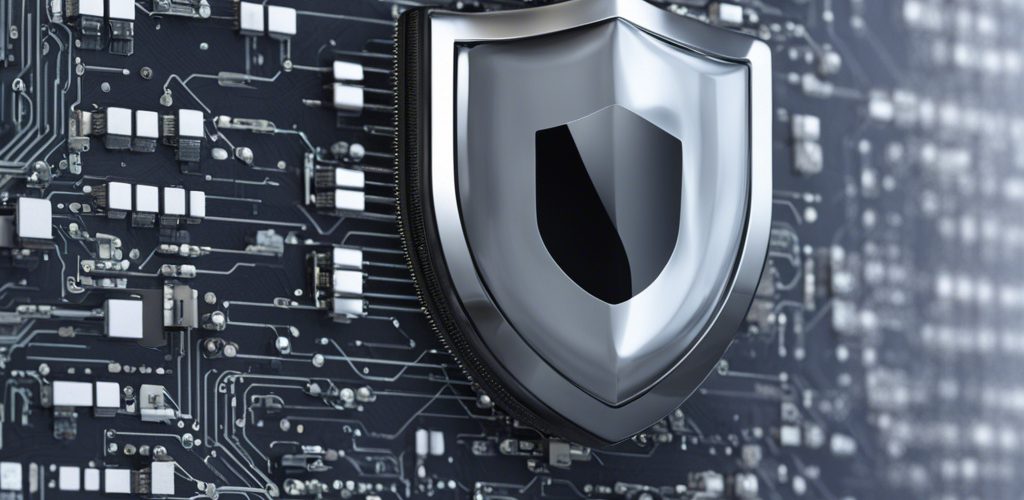Secure Boot is a security standard designed to ensure that a device boots using only trusted software. As an important part of the Unified Extensible Firmware Interface (UEFI), it helps protect your system from malware and unauthorized operating systems that may attempt to load during the booting process. Given its critical role in system security, users often wonder about the implications of enabling Secure Boot, particularly when it comes to existing Windows installations.
What is Secure Boot?
Secure Boot is essentially a feature that checks the digital signatures of operating system files and boot loaders before they are allowed to run. When you turn on Secure Boot, your computer checks to ensure that the software is trustworthy. If the signatures do not match the trusted keys stored in the firmware, the system will halt the boot process, reducing the risk of harmful software taking control of your device during startup.
Will Turning on Secure Boot Affect My Current Windows Installation?
For most users, enabling Secure Boot should not cause any issues with an existing Windows installation. However, there are a few considerations to keep in mind:
- Compatibility with Hardware and Software: Most modern hardware and operating systems are designed to work with Secure Boot. Windows 8 and later versions, including Windows 10 and Windows 11, support Secure Boot out of the box. If your PC uses UEFI firmware and has a compatible version of Windows, enabling Secure Boot is generally safe.
- Third-Party Software and Drivers: Some older third-party drivers or software may not have signed binaries. If you have essential programs that lack signature authentication, you may encounter boot issues after enabling Secure Boot. In such cases, you may need to update or replace those drivers and software to ensure compatibility.
- Dual Boot Systems: If your machine is set up to dual boot another operating system (like Linux), enabling Secure Boot may prohibit that OS from booting successfully unless it’s compatible with Secure Boot. Many distributions now offer signed kernels that work with Secure Boot, but users should verify specific compatibility.
- Configuration Changes: Sometimes, turning on Secure Boot can reset certain BIOS settings, including related security features. It’s advisable to review your BIOS settings after switching on Secure Boot to ensure other preferences, such as boot order or virtualization settings, remain intact.
Steps to Enable Secure Boot
- Access BIOS/UEFI Settings: Restart your computer and enter the BIOS/UEFI setup (usually by pressing Del, F2, or Esc during startup).
- Find Secure Boot Option: Look for the Secure Boot menu. It’s often located within the ‘Security’ tab or a dedicated ‘Boot’ section.
- Enable Secure Boot: Change the setting to “Enabled”.
- Save Changes and Exit: Follow the prompts to save changes and restart your computer.
Conclusion
In most cases, enabling Secure Boot should not disrupt your existing Windows installation but may improve your security posture against potential threats. Always ensure your critical hardware and software are compatible with Secure Boot to avoid unnecessary disruptions. If you are unsure, consult your hardware manufacturer’s documentation or reach out to technical support for guidance to ensure a smooth transition.





Add comment